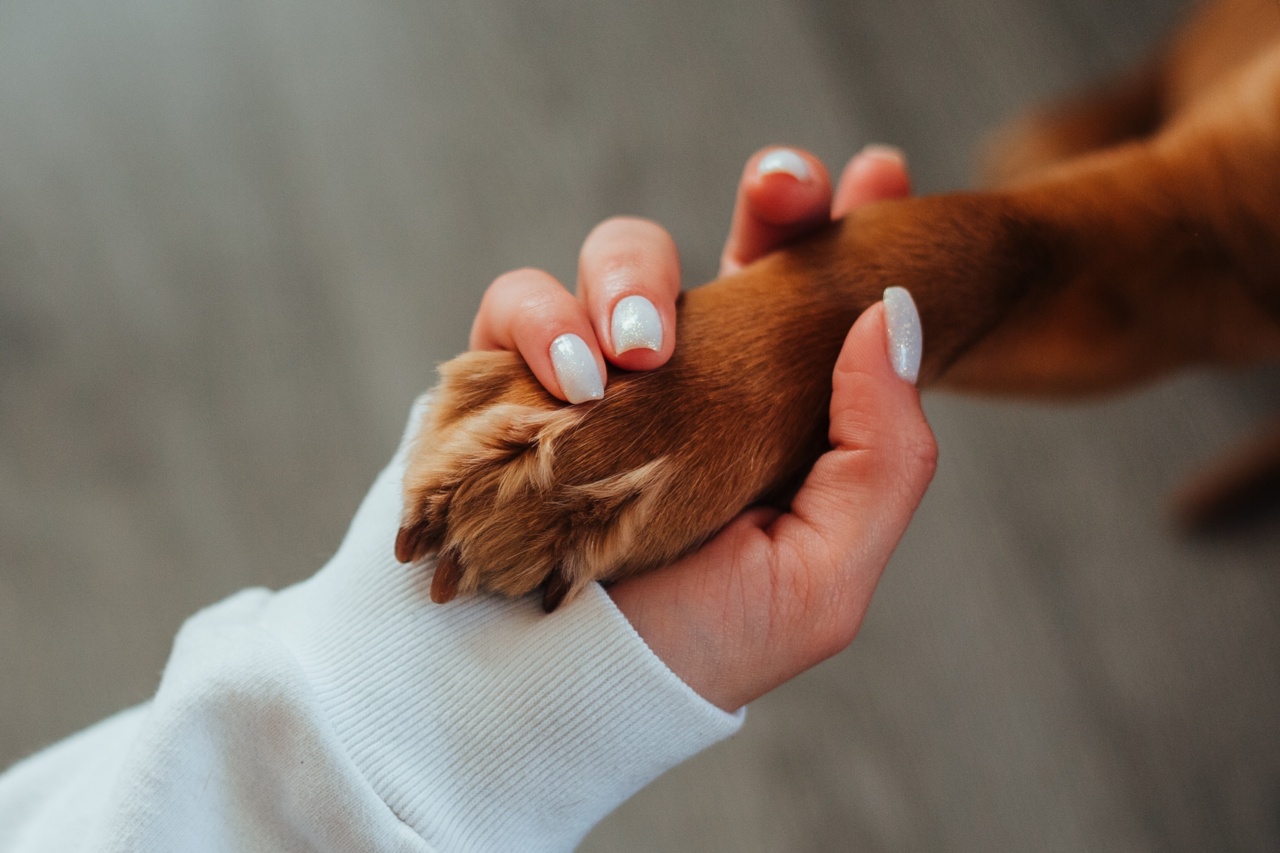Training your dog is an important part of their development and helps in strengthening the bond between you and your furry friend. However, it’s crucial to ensure that the training methods used do not instill fear in your dog.
Reinforcing fear in your dog during training can have long-lasting negative effects on their behavior and overall well-being. In this article, we will discuss several techniques and strategies to avoid reinforcing fear in your dog during training.
Provide a safe and comfortable environment
Creating a safe and comfortable environment for your dog is essential to help them feel secure during training sessions. Ensure that there are no distractions or potential stressors in the environment that might trigger fear or anxiety in your dog.
Remove any loud noises or unfamiliar objects from the training area to prevent your dog from associating negative experiences with training.
Use positive reinforcement
Positive reinforcement is a powerful tool in dog training as it helps your dog associate desired behaviors with rewards, creating a positive learning experience. When your dog performs a command correctly, reward them with treats, praise, or playtime.
This positive reinforcement will motivate your dog to continue learning and obeying commands without using fear as a motivator.
Avoid punishment-based methods
Punishment-based training methods, such as yelling, physical corrections, or shock collars, can instill fear and anxiety in your dog.
These methods not only damage the trust between you and your dog but also hinder their progress in learning and following commands. Instead, focus on positive reinforcement techniques that encourage good behavior rather than punishing undesirable behaviors.
Gradually introduce new experiences
It’s important to expose your dog to new experiences and environments to help them develop confidence and resilience. However, it’s crucial to introduce new experiences gradually and in a controlled manner to prevent overwhelming your dog.
Gradual exposure allows your dog to gradually adjust and associate positive experiences with new situations, reducing the risk of undue fear or anxiety during training.
Observe body language
Understanding your dog’s body language is crucial in recognizing signs of fear or discomfort. Dogs communicate primarily through body language, and by paying attention to their cues, you can intervene before fear escalates.
Common signs of fear in dogs include cowering, tucking their tail between their legs, avoiding eye contact, and excessive panting. If you notice these signs during a training session, take a step back and reassess the situation to ensure your dog feels safe.
Focus on desensitization and counterconditioning
Desensitization and counterconditioning are techniques used to help dogs overcome fear or anxiety by gradually exposing them to fear-inducing stimuli while associating positive experiences.
If your dog shows fear towards specific objects or situations, start by introducing them from a distance and at a low intensity. Gradually increase the exposure while providing rewards and positive reinforcement to create a positive association. This method helps your dog build confidence and reduces fear during training.
Seek professional help if necessary
If you’re struggling with avoiding reinforcing fear in your dog during training, it can be beneficial to seek the help of a professional dog trainer or behaviorist.
They will have the expertise and experience to assess your dog’s behavior and provide you with personalized guidance and training techniques that are tailored to your dog’s specific needs. Professional help can greatly improve your dog’s training experience and help you navigate any challenges that arise.
Be patient and understanding
Training your dog takes time and patience. It’s important to understand that fear-based behaviors cannot be eliminated overnight. Stay consistent with your training methods, and be patient with your dog’s progress.
Celebrate even small achievements and continue to provide a safe and nurturing environment that allows your dog to grow and overcome their fears.
Monitor your own behavior
As a dog owner and trainer, it’s essential to monitor your own behavior during training sessions. Dogs are incredibly intuitive and can pick up on subtle cues or changes in your tone and body language.
Ensure that you remain calm, confident, and supportive during training to create a positive atmosphere. Avoid displaying frustration, anger, or impatience, as this can heighten your dog’s anxiety and reinforce fear-based behaviors.
Conclusion
Training your dog should be a positive and enriching experience for both you and your furry friend.
By following these techniques and strategies, you can avoid reinforcing fear in your dog during training and create a strong bond based on trust and mutual understanding. Remember to focus on positive reinforcement, create a safe environment, and seek professional help if needed. With time, patience, and consistent training, your dog will become a confident and well-behaved companion.




























